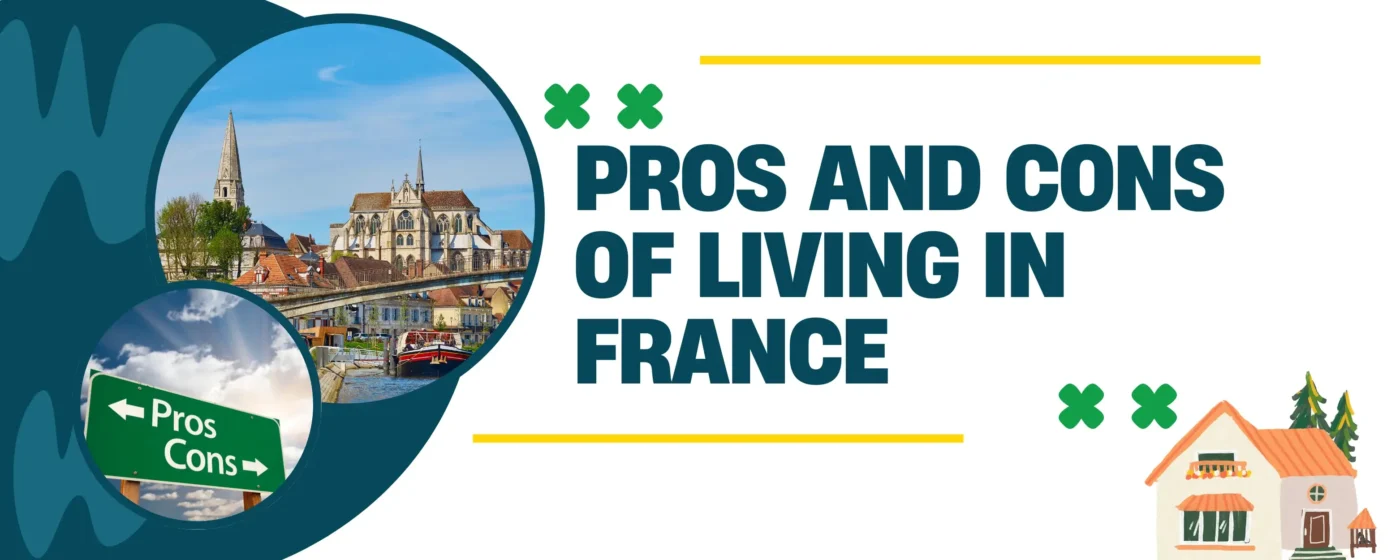French Polynesia is an awe-inspiring collection of islands scattered across the Pacific Ocean. One can call it a true paradise on Earth. This breathtaking archipelago boasts of stunning lagoons, vibrant coral reefs, and volcanic peaks amidst lush greenery. Beyond its natural beauty, French Polynesia is a melting pot of cultures, rich in traditions and history. But do you know which language is spoken there?
Well, there are two main languages: Tahitian and French. While French is widely understood, especially in tourist areas, Tahitian is the heart and soul of the islands. Learning a few basic Tahitian phrases in their local language can incredibly enhance your travel experience. It can not only open doors to more authentic interactions with locals, but also allow for a deeper appreciation of their customs. Curious to find out more about the languages spoken in French Polynesia? Allez-y!
What Language is Spoken in French Polynesia: An Overview
Tahitian, known as “Reo Tahiti”, is the heart of French Polynesia’s cultural identity. French Polynesia is located in the South Pacific Ocean as an archipelago and holds the status of a French overseas collectivity and overseas territory. It is a beautiful language rooted in the Polynesian language family, connecting the islands to a shared heritage across the Pacific.
For generations, Tahitian has been significant for passing along stories, songs, and traditions from generations to generations, acting as a living link to the past. While its day-to-day use has declined over time, efforts are in progress to preserve it, primarily through oral traditions like storytelling and music.
French, on the other hand, holds the official language status. Its presence is a legacy of the colonial era. In today’s modern world, French is the language of government, schools, and most media. French is used for official documents, news broadcasts, and higher education. French Polynesia is made up of several island groups, with the Society Islands being one of the main archipelagos. Tahiti, part of the Society Islands, is the most populated island and serves as the cultural and administrative center of the region.
Despite the difference in status of Tahitian and French, both languages merrily coexist in daily life. It’s common for people to switch between the two, often using Tahitian at home or within their communities and French in formal settings or when interacting with visitors. In addition to Tahitian and French, other languages are spoken across the archipelagos, reflecting the region’s linguistic diversity. This linguistic blend reflects the unique history and vibrant present of French Polynesia.
Explore the history of the French language—its origin, evolution, and cultural influence in this insightful blog: French Language History, Origin and Evolution.
Bilingual Culture: Unique Blend of Tahitian and French
In French Polynesia, Tahitian and French blend seamlessly in everyday life, creating a unique cultural tapestry. At festivals like the “Heiva i Tahiti”, one can hear traditional Tahitian chants and songs, or “himene”, performed alongside announcements and commentary in French. During family ceremonies, both languages are often used for blessings or speeches. This bilingual usage of languages reflects the importance of both Tahitian and French heritage and official recognition. Even in daily conversations, it’s not uncommon to switch between the two. This practice is known as “code-switching”. For example, a local might begin a sentence in Tahitian and drop in a French word or two if it better expresses a concept, and vice-versa.
This linguistic exchange also leads to borrowed words. Tahitian has adopted many French words. Conversely, French has also incorporated Tahitian words into its vocabulary.
Here are some examples:
| Tahitian Word | Meaning | French Root | Meaning |
|---|---|---|---|
| faraoa | bread | farine | flour |
| pia | beer | bière | beer |
| taime | time | temps | time |
| French Word | Meaning | Tahitian Root |
|---|---|---|
| pareo | wrap-around cloth | pareo |
| motu | a small islet | motu |
| tiare | the Tahitian gardenia flower | tiare |
What Makes Tahitian and French Distinct?
Tahitian is known for its melodic sound, use of glottal stops (represented by an apostrophe), and a streamlined phonetic system featuring only five vowels and nine consonants. This simplicity gives Tahitian its distinctive rhythm and makes it accessible for those interested in learning basic phrases. The language is deeply woven into the fabric of local culture, from everyday conversation to the lyrics of traditional Polynesian music.
French, in contrast, is a Romance language with a more complex grammar and a broader range of sounds. It is widely spoken throughout French Polynesia, especially in formal settings such as schools, government offices, and tourist areas. The coexistence of Tahitian and French has led to a unique bilingual environment, where many residents are comfortable switching between the two languages depending on the context. This linguistic duality is a hallmark of life in French Polynesia, reflecting both its Polynesian heritage and its connection to France.
Explore the deep-rooted history and consequences of colonial rule in the insightful blog on French Colonization: Empire, Impact, and Legacy.
Why is French Important in French Polynesia?
For tourists in French Polynesia, French is the most essential communication tool. While knowing a few Tahitian phrases will be appreciated by locals, almost all official communication along with tourist activities are conducted in French. You can use French for everything from checking into hotels and ordering food in restaurants to navigating public transportation and shopping. Road signs, menus, and information brochures are almost exclusively in French, making it significant for a smooth travel experience.
Beyond tourism, French also acts as the primary medium for education as well as international opportunities. All levels of schooling, from primary to higher education, are taught in French. English is also taught as a third language in schools, and many residents learn English to speak English with tourists and for hospitality jobs, especially in areas frequented by visitors.
This means that for anybody wishing to live, work, or pursue further studies in French Polynesia, must require a good grasp of French. Knowing French can open doors to career paths, academic pursuits, and broader global interactions, making it a valuable asset for both residents and those seeking long-term connections with the islands.
Planning a Trip? Speak Like a Local!
Master French with La Forêt to make your visit unforgettable. Let’s start!
Tips for Visitors: Navigating Language in French Polynesia
Learning a few basic phrases, both in Tahitian and French, can greatly enhance your experience in French Polynesia. Tahitian words are generally pronounced as they are written, with each vowel pronounced clearly and separately. Here are some useful phrases:
| Tahitian Phrase | Pronunciation | Translation |
|---|---|---|
| Ia Ora Na | ee-ah oh-rah-nah | Hello |
| Mauruuru | mah-oo-roo-roo | Thank You |
| ‘Aita Pāhau | eye-tah pah-ha-oo | You’re welcome/ No problem |
| Haere Mai | hah-eh-reh mah-ee | Welcome |
| Nana | nah-nah | Goodbye |
| French Phrase | Pronunciation | Translation |
|---|---|---|
| Bonjour | bon-zhoor | Hello |
| Merci | mare-see | Thank You |
| De rien | duh ree-ahn | You’re welcome/ No problem |
| S’il vous plaît | seel voo play | Please |
| Pardon | par-don | Excuse me/ Sorry |
| Au revoir | oh ruh-vwahr | Goodbye |
| Aidez-moi! | eh-day mwah | Help me! |
But How Do You Decide Which Language to Use?
As a basic rule of thumb, it’s best to use French in more formal settings: such as government offices, banks, shops or hotels. French should also be your go-to for addressing authorities or when you need assistance in a situation where clear, precise communication is vital, like asking for medical help.
However, when interacting with locals in more casual settings, especially in smaller villages or markets, speaking a few Tahitian phrases will be acknowledged and appreciated. It will showcase your respect for their culture and more than often lead to warmer, more authentic interactions. Even a simple “Ia Ora Na” with a smile can make a big difference!
Did You Know?
- The Tahitian alphabet is one of the shortest in the world? It has only 13 letters: 5 vowels (a, e, i, o, u) and 8 consonants (f, h, m, n, p, r, t, v).
- Traditional Tahitian storytelling, known as “orero”, is a highly respected art form. These oral performances are usually lengthy and complex, often incorporating chants, gestures, and a deep knowledge of history and mythology, all delivered in Tahitian!
- Over the course of two thousand years, Polynesians navigated vast distances across the Pacific, settling islands from Hawaii to New Zealand. Their languages, including Tahitian, Hawaiian, and Māori, share common roots, reflecting the deep historical and linguistic connections among these cultures.
- The Society Islands include Tahiti, the main island and most populated island, as well as Moorea. Moorea, together with Huahine, are often referred to as the ‘two islands’ popular for land adventures and outdoor activities.
- The Tuamotu Archipelago is another major group of islands in French Polynesia, each atoll and island featuring its own unique language and culture.
Start your exciting French learning journey today and immerse yourself deeply in the enchanting charm of Polynesia through our comprehensive and engaging French Language Learning Blog designed for all levels.





